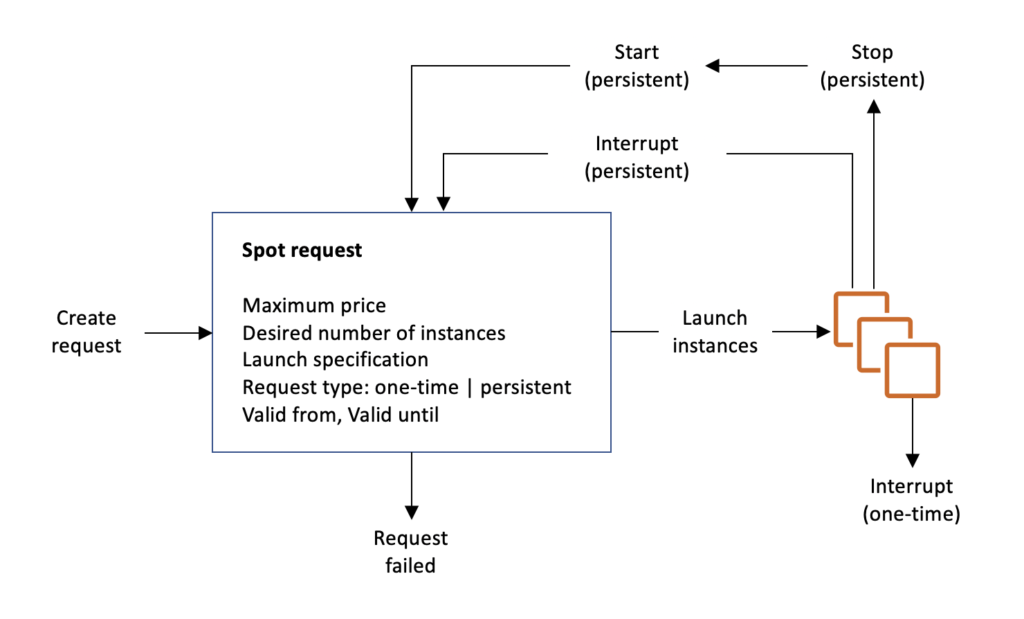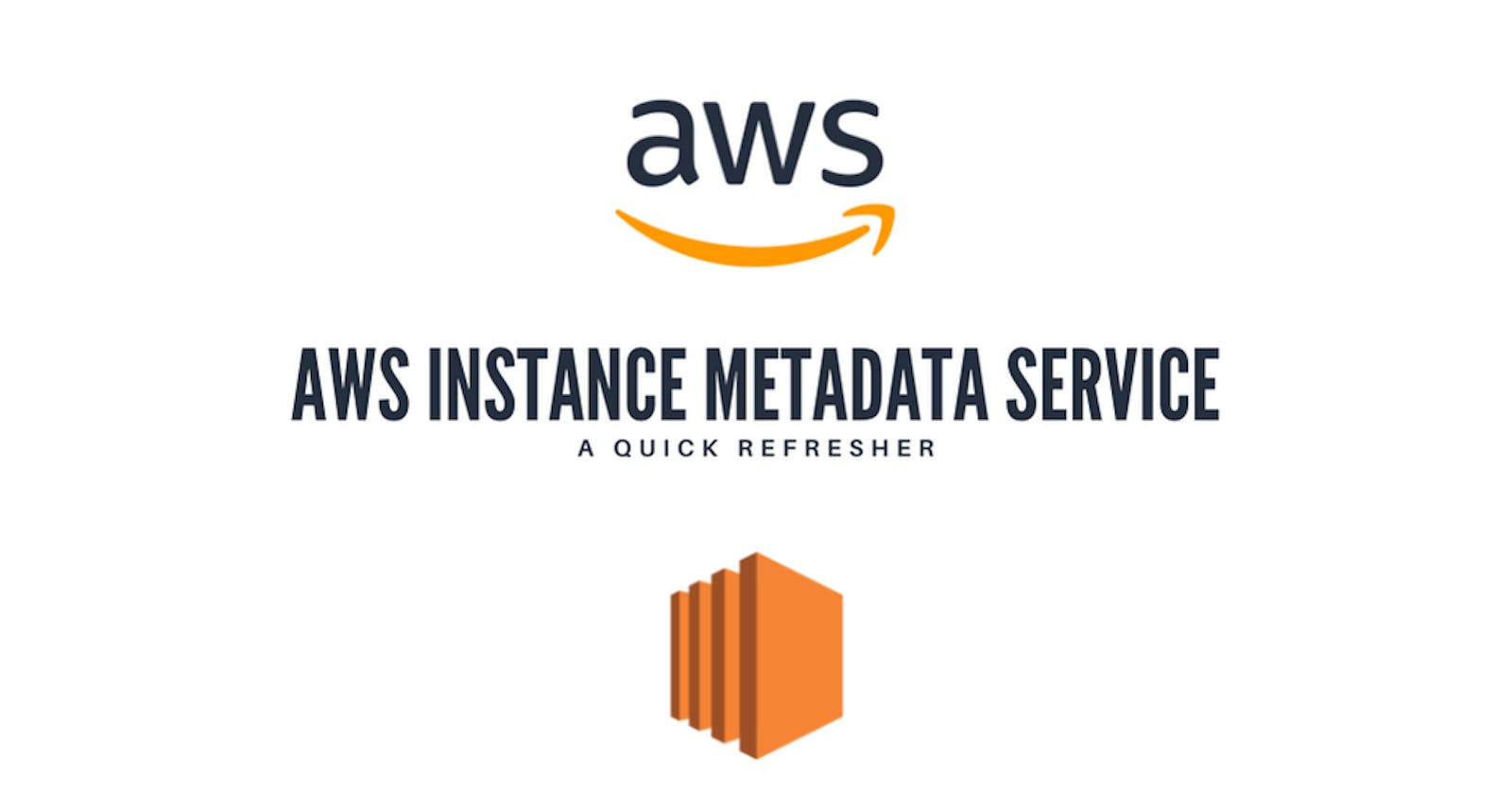AWS Instance Metadata and more
Demystifying AWS Instance Types: Choosing the Right Option for Optimal Performance and Cost
Understanding Instance Naming
Let's break it down t2.micro as an example:
First letter (t): Instance family (e.g., t - Burstable, m - General Purpose, c - Compute Optimized)
Number (2): Generation within the family (higher number usually signifies newer architecture)
Size (micro): Resource configuration (micro - smallest, large, xlarge, etc.)
Types of Instances
AWS offers a wide range of instance types categorized by their primary use case:
General Purpose (A Series, M Series): Balanced compute, memory, and storage for various applications (e.g., web servers, databases).
Compute Optimized (C Series, R Series): High processing power for computationally intensive workloads (e.g., scientific computing, video processing).
Memory Optimized (R Series, Z Series): Large amounts of memory for in-memory analytics and databases (e.g., real-time analytics, large datasets).
Storage Optimized (D Series, ST Series): High storage capacity and throughput for data-intensive applications (e.g., log processing, data warehousing).
Accelerated Computing (P Series, G Series): Specialized hardware for workloads requiring GPUs, FPGAs, or machine learning accelerators (e.g., graphics rendering, scientific simulations).
Other Instance Types
1. Reserved Instances
They offer significant discounts compared to on-demand pricing but require a commitment upfront.

All Upfront: Pay the full reserved instance cost upfront for the biggest discount.
Partial Upfront: Pay a smaller upfront cost with a lower hourly rate.
Scheduled Instances: Reserve instances for specific time periods each day or week. They provide capacity reservations for a fraction of the price
Standard Reserved Instances: These provide the highest discount rates among all Reserved Instance types. They offer the lowest hourly rates but provide less flexibility in terms of instance attributes modification.
Convertible Reserved Instances: While offering slightly lower discounts compared to Standard RIs, Convertible RIs provide more flexibility. Users can modify instance attributes like instance type, operating system, or tenancy during the term.
2. Spot Instances
They can offer significant cost savings, but their availability can fluctuate. Types include:

One-Time Spot Instances: Bid on a specific instance for a set duration. These instances are suitable for short-term, transient workloads with flexible start and end times.
Interrupt Spot Instances: AWS can reclaim the instance at any time, but they offer the lowest prices.
Persistent Spot Instances: These instances continue running until the user terminates them or the Spot price exceeds the bid price. They are ideal for workloads that require continuous availability with potential interruptions.
Spot Blocks: They provide a defined duration for running instances, ensuring stability and predictability. Users specify a duration (1 to 6 hours) and a maximum price, and AWS guarantees capacity for that duration.
Choosing Between Spot and Reserved Instances
Spot Instances: Ideal for fault-tolerant workloads that can handle interruptions and unpredictable availability.
Reserved Instances: Suitable for predictable workloads where you can commit to upfront costs for significant savings.
Important Instance Families
General Purpose: A Series (cost-optimized), M Series (balanced)
Compute Optimized: C Series (high CPU), R Series (memory-optimized CPUs)
Memory Optimized: R Series (powerful CPUs, high memory), Z Series (extreme memory)
Storage Optimized: D Series (HDD-based), ST Series (SSD-based)
Load Testing
Load testing is a method used to replicate actual traffic conditions in order to evaluate how well an application performs under stress. This process assists in making informed decisions by allowing you to:
Choose the right instance type: Determine the instance that is capable of managing the anticipated traffic volume while maintaining optimal performance levels.
Scale your infrastructure: Strategize for potential expansion and guarantee that your instances are equipped to manage higher levels of traffic.
AWS Pricing
Pay-per-use model: Users are billed according to the amount of resources consumed per hour or second, such as instance type, storage, and network traffic.
Ad-Hoc Instances: Suited for short-term workloads or irregular usage trends.
Prepaid Instances: Secure capacity ahead of time for a set duration (1 or 3 years) at a notable markdown.
Spot Market Instances: Compete for unutilized EC2 resources at highly discounted rates, though availability is not assured.
Operating System: Costs generally stay consistent across different Linux distributions. Additional charges may apply for Windows and specialized licenses.
Factors Affecting Discount
Instance family and size: The cost of larger and more powerful instances tends to be higher in comparison to smaller ones within the same instance family and size category.
Region: The pricing for launching an instance on AWS may differ depending on the specific region where it is launched. Different regions may have varying pricing structures, for instance.
Commitment term (Reserved Instances): When it comes to reserved instances, opting for longer commitment terms can result in greater discounts. The discounts offered for Reserved Instances become more significant as the commitment term increases.
Dedicated Hosts
Dedicated hosts provide exclusive physical servers for your utilization within an AWS data center. This ensures:
Unvarying performance: The absence of disruptive neighbors (other instances on shared hardware) eradicates any potential disturbances.
Enhanced authority: You possess a higher level of authority over the fundamental hardware and software environment.
Saving Plans
Saving Plans provide a guarantee of a certain usage level for a duration of 1 or 3 years in return for a reduced rate on your total compute expenses across a range of instance types and services.
